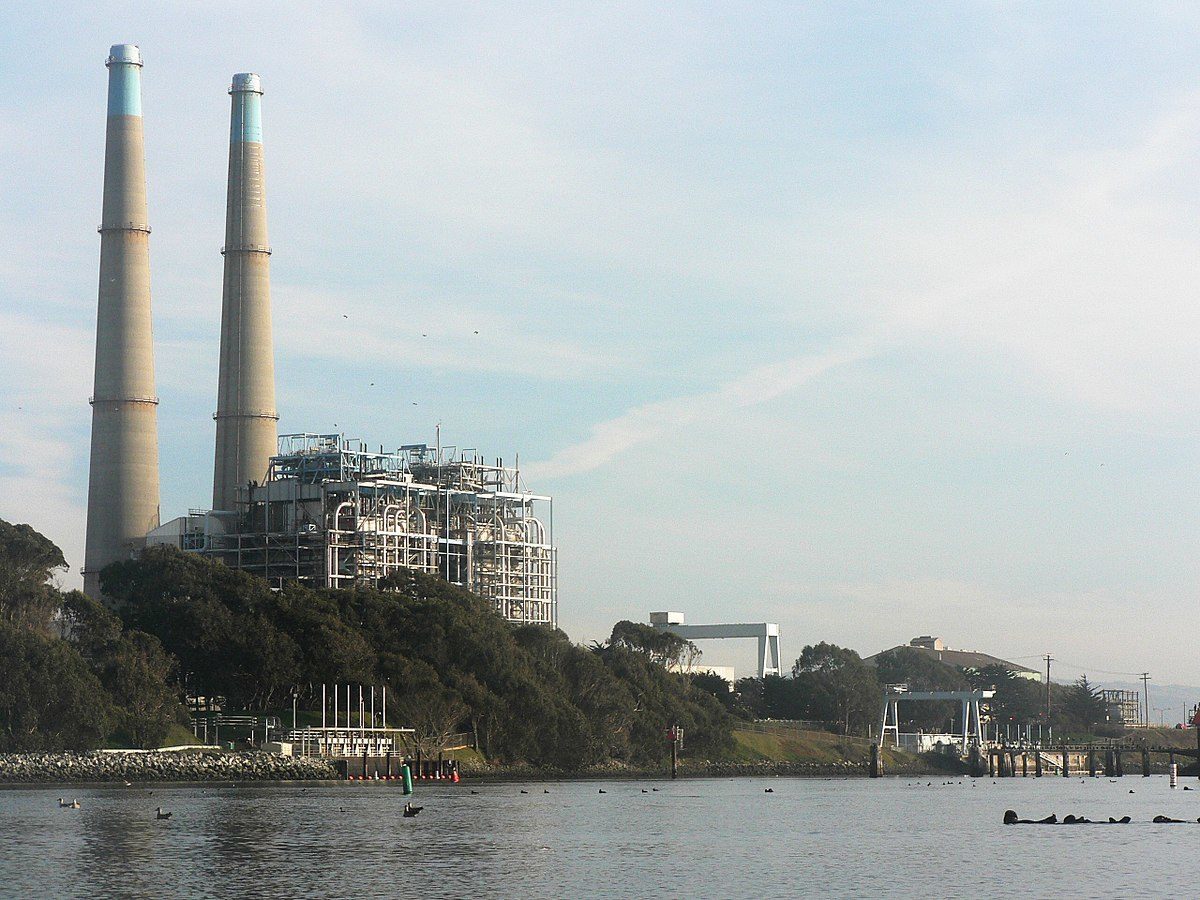An all-renewables power system requires energy storage and the speed at which such facilities are deployed varies greatly and hinges on regional policy environments. Analyst Wood Mackenzie has projected global storage deployment and said Europe's leading role is fading against a backdrop of more effective policies in U.S. and Chinese markets.
U.S. procurement regulations establish a better business environment for storage assets to leverage their capacity and ancillary services, according to Woodmac. While Europe deployed 44% of global energy storage capacity in 2014, that figure had eroded to 30% last year. According to the analysis, that trajectory is not set to change, as Europe is poised to account for just 20% of deployment in 2025, and a mere 13% in 2030.
That remains the case despite the relatively high degree of renewable energy penetration in Europe, according to the analyst. Woodmac staff looked at this year's spot-market power prices as a function of renewable energy penetration in Spain, Great Britain, Italy, and Germany. In Italy and Great Britain, power prices gravitated towards zero, or even into negative territory when solar and wind combined made up at least 60% of the total system load. In Germany and Spain the threshold was higher, at 80%.
Flexibility
“Energy storage will be at the forefront of meeting this challenge as the technology can provide much-needed flexibility with zero-carbon emissions while keeping power prices more stable and affordable for the end consumer,” said Woodmac principal analyst Rory McCarthy.
The U.S. appears to be treading the right path to meet the challenge. By 2030, Woodmac forecast, the nation will account for 49% of the world's cumulative energy storage capacity.
“Why does this market have such a healthy pipeline?” asked McCarthy. “Today it is driven by utility procurement programs and a generous ITC [federal investment tax credit] … Perhaps less obvious is its regulatory structure. Vertically-integrated utilities – those who can be a retailer, network operators and generator under the same organization – serve a large swathe of the U.S. consumers.”
Woodmac said European energy storage deployment is dependent on the agreement of market players on multiple levels. By contrast, in the U.S. utilities can make a top-down assessment of their respective systems and procure the cheapest, most utilitarian technology under a whole-system consideration. U.S. utilities have been quicker to use storage to out-compete gas peaker plants as an alternative flexibility technology as a result, according to the analyst.
In Europe, on the other hand, storage facilities are considered generation assets and, as such, cannot be owned by grid operators as the bloc has applied unbundling rules to its power system entities. Those rules were meant to foster competition by avoiding monopolies and, ultimately, to reduce end-consumer energy prices. The regulations also, however, raise logistical and financial barriers to a swift route to market for front-of-meter storage systems.
Progress
“The European Commission now requires fair energy storage participation in capacity and ancillary markets through its Clean Energy Package, which is progress,” said McCarthy. “However, unlike merchant opportunities that can bolster a utility PPA [power purchase agreement] value in the U.S., these will continue to be part of the core storage value proposition, either as small markets that rapidly saturate – as we have seen in the U.K. and German frequency auctions – or designed for assets that primarily sell energy, not power or capacity services.”
Woodmac noted the financial return for flexibility offered by European, government-run auctions was too low, explaining the lack of a robust energy storage development pipeline. The analyst suggested European markets should tender renewables projects coupled with storage in ‘hybrid auctions.' Woodmac advised policymakers to strike a balance between incentivizing hybrid-system configurations and leaving enough room for the market to foster new-service evolution and innovation.
“Hybrid PPA projects will also likely evolve in this story as corporates begin to materially value the importance of true net-zero power,” Woodmac's McCarthy added. “For instance, not just ‘claiming' 100% renewables through PPAs and renewables credits but matching in real-time, 24/7, consumption of power with renewable generation. We saw this a couple of months ago, with Google committing to being powered exclusively by renewable energy by 2030.”
This content is protected by copyright and may not be reused. If you want to cooperate with us and would like to reuse some of our content, please contact: editors@pv-magazine.com.




By submitting this form you agree to pv magazine using your data for the purposes of publishing your comment.
Your personal data will only be disclosed or otherwise transmitted to third parties for the purposes of spam filtering or if this is necessary for technical maintenance of the website. Any other transfer to third parties will not take place unless this is justified on the basis of applicable data protection regulations or if pv magazine is legally obliged to do so.
You may revoke this consent at any time with effect for the future, in which case your personal data will be deleted immediately. Otherwise, your data will be deleted if pv magazine has processed your request or the purpose of data storage is fulfilled.
Further information on data privacy can be found in our Data Protection Policy.